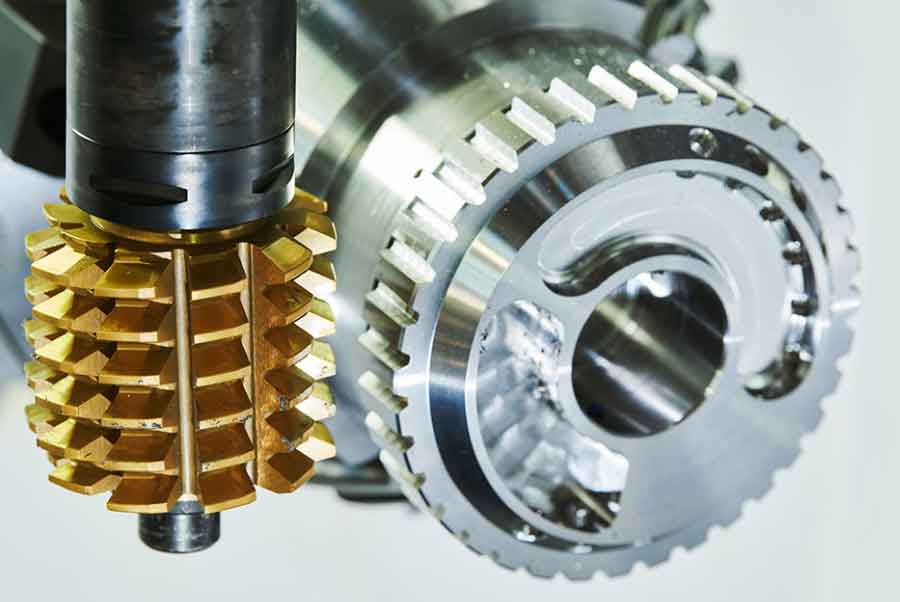
Gear hobbing is a widely used gear manufacturing process that involves cutting gear teeth using a specialized tool called a hob. The process of gear tooth cutting in gear hobbing is a fascinating and complex operation that requires precision and expertise. This article aims to unveil the secrets behind gear tooth cutting in gear hobbing, shedding light on the key aspects and considerations involved.
I. Gear Hob Selection:
The first secret to successful gear tooth cutting lies in selecting the appropriate hob. The hob must match the desired gear specifications, including the tooth profile, pressure angle, helix angle, and module or pitch. Factors such as the hob material, coatings, and geometry play a crucial role in determining the tool life, cutting efficiency, and gear quality.
II. Cutting Parameters:
Gear tooth cutting requires careful consideration of cutting parameters to achieve the desired tooth profile and ensure optimal cutting performance. Key cutting parameters include hob speed, workpiece rotation speed, feed rate, and depth of cut. These parameters are determined based on the gear material, hardness, size, and desired accuracy.
III. Generating the Gear Tooth Profile:
The gear tooth profile is generated as the hob gradually engages with the rotating gear blank. The hob’s cutting edges remove material from the gear blank, forming the gear teeth. The combined axial and rotational movement of the hob creates the tooth profile, which can be modified by adjusting the hob’s axial and radial positions.
IV. Lead and Profile Modifications:
To achieve specific gear characteristics, such as increased load-carrying capacity or reduced noise, lead and profile modifications are applied during the gear tooth cutting process. Lead modifications involve altering the lead or helix angle of the hob to introduce a slight deviation in the tooth alignment. Profile modifications adjust the tooth profile to optimize contact patterns and minimize wear or noise issues.
V. Cutting Sequence and Number of Passes:
Gear tooth cutting is typically performed in a continuous sequence, where the hob progressively cuts each tooth on the gear blank. The number of passes required depends on the tooth spacing and the desired accuracy. Multiple passes ensure precise tooth profiles and uniform material removal.
VI. Lubrication and Cooling:
Proper lubrication and cooling are essential during gear tooth cutting. Lubricants reduce friction, dissipate heat, and prevent tool wear. Cooling mechanisms, such as coolant sprays or flood coolant, ensure temperature control and enhance tool life and cutting performance.
VII. Inspection and Quality Control:
Throughout the gear tooth cutting process, regular inspection and quality control are crucial to ensure the accuracy and integrity of the gears. Inspection techniques, such as dimensional measurement, surface analysis, and gear analyzers, are employed to verify the gear tooth profile, tooth spacing, and surface finish. Any deviations or errors are identified and corrected to maintain high-quality standards.
VIII. Post-Cutting Operations:
After the gear tooth cutting process, additional operations may be performed to further enhance gear quality. These operations can include gear deburring, heat treatment, gear grinding, or gear shaving. These processes refine the gear tooth surface, improve dimensional accuracy, and enhance the overall performance of the gears.
Gear tooth cutting in gear hobbing is a meticulous process that requires careful selection of hobs, precise control of cutting parameters, and adherence to quality control measures. By unveiling the secrets of gear tooth cutting, gear manufacturers can ensure the production of high-quality gears with accurate tooth profiles, optimal performance characteristics, and exceptional durability.
